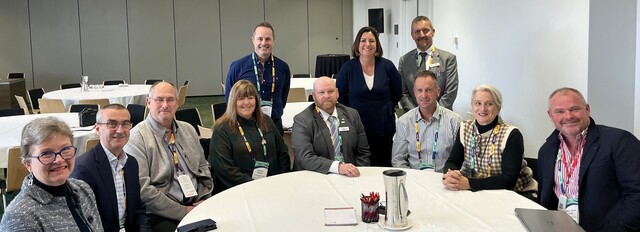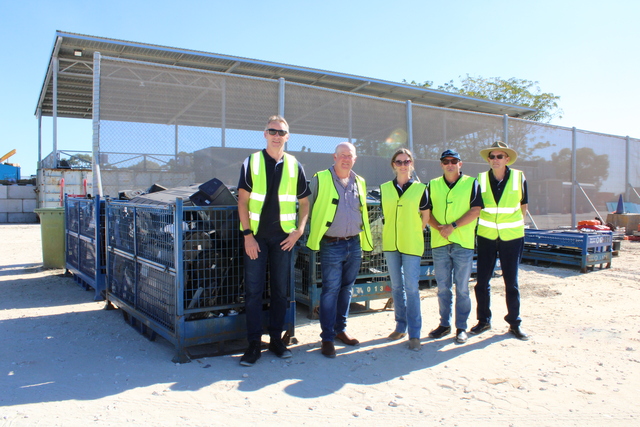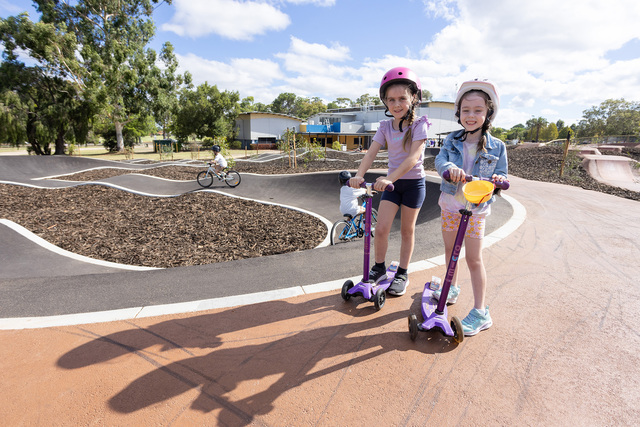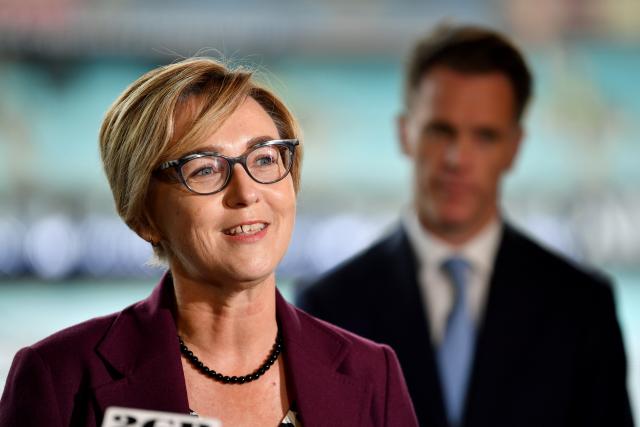In the October edition of FOCUS, we featured Councillor Kate Fitzpatrick from Brighton Council in Tasmania. Just 21 years old, Kate was elected in October 2002. Working for the community based Bridgewater/Gagebrook Urban Renewal Project, Kate Fitzpatrick had developed a strong interest in youth issues and community empowerment, no doubt a catalyst for her running for Council.
When FOCUS asked Councillor Fitzpatrick what she believes are the key aspects of being a good Councillor she said, “As I am new to Local Government, I am learning about being a good Councillor. I would say it is very important to respect the community, listen to the community and represent the community. It seems if you have these three things, everything else will fall into place.”
As the level of government closest to the people it is vital that those elected to Local Government reflect the community at large. Unfortunately, far too few younger people take such an interest in the running of their community as Kate Fitzpatrick. The Municipal Association of Victoria (MAV) has looked at ways to bridge this gap with young people. Over the past few years, it has worked with Deakin University in setting up various research projects for students. This year the Deakin students were given the topic, ‘What is young people’s perception of Local Government and why are there so few young Councillors?’
The students set about interviewing some 270 young people aged 15–30 years. Their findings were presented at the MAV Annual Conference in October. They pointed out to delegates that with 25 per cent of Victoria’s population aged less than 30 years, at present the State has only 10 Councillors in this age group. They pointed to the usual barriers for young people standing for Council, such as time, money and, at this point in their lives, young people are building their careers and often have young families. However, it was the general lack of knowledge, by those interviewed, about the role of Local Government that was most alarming.
The students found that many of the young people sampled did not know about the services and programs of Local Government and largely saw Councils as irrelevant. They also discovered that the secondary school aged respondents (15–17 years) were better informed, but this drops off once at university or on entering the work force.
The Deakin students pointed to a communication breakdown and the need for Councils to ‘reconnect with young people as they are our future’. They suggested Councils establish links and communicate with young people on their own level by involving them in youth forums, establishing youth advisory groups, encouraging young people to become involved in organising their own social activities and, above all, listening, acting and showing young people that they matter. Councillors and Council managers speaking at schools including tertiary institutions, encouraging groups to visit Council and running open days during school hours would increase their understanding and, at the same time, expose young people to the many career opportunities in Local Government.
Why not establish a Youth Council with its own budget? Ensure systems are in place for the Youth Councillors to discuss with other young people in the community about how they would like the youth budget spent. The Youth Council would then set priorities for running programs or events, learning the key elements of governance.
There are a number of Councils with excellent youth programs, active Youth Councils and the like but many Councils are failing badly in this important area. At the same time, it is vital for Councils not to forget young workers and young families. Family friendly considerations, such as the timing of meetings and childcare facilities, will assist and encourage more younger members to participate in community life and run for Council.







